Lay member, British Pain Society Patient Liaison Committee
A young woman with arthritis talking about the rising tide of hostility to disability claimants says: ‘People think I’m faking. I’ve lost friends over it. Pain is invisible and hard for people to understand.’ How many of us could say that we have never thought that someone reporting pain is faking or, at the very least, making too much fuss? This is the society in which we live: intolerant of the pain of others. From childhood onwards we are told to stop whingeing and are often not believed when we report pain. Adults can be intolerant of their partner’s pain and in the workplace colleagues seldom treat kindly weakness of any sort.
These preconceptions and attitudes to other people’s pain are what professionals may have grown up with and may subconsciously bring to the clinical setting. Pain education for professionals should focus not only on the methods of treatment available but equally on the impact of pain and the need to listen to and believe the patient’s story. Pain is what the patient says it is and if he or she has come to you for help, there will be very few instances in which pain relief must be withheld whilst a diagnosis is sought. And yet, often pain management is not addressed until all the avenues of diagnostic tests, scans and specialist opinions have been explored. Students need good communication skills and empathy, and they should be encouraged to think about their own attitudes to pain and how these might affect their professional practice. They should learn that there are very few conditions for which pain relief must be withheld until a diagnosis is made. For the majority of people adequate pain relief can be achieved before a diagnosis is made.
Pain education for qualified professionals should not be the provenance solely of the pain clinic staff, it is important for all those delivering primary and secondary front-line care. Professionals should be taught to assess and understand the whole range of physical and psychological aspects of a person’s pain in order to help them to take control and manage their condition in the best way and as early as possible. Left untreated, pain can have a devastating effect on a person’s social and working life so the longer that help is withheld, the worse the outcome is likely to be. Naturally, that help must be properly focused so it is vital that general practitioners in particular, who are likely to be the first port of call, have the time and the knowledge to help their patients to manage their pain. Self-help is tremendously important and a little time and effort spent in pointing the chronic pain sufferer to the available resources will reap far more benefit than the printing of ever-increasing prescriptions of drugs. There is plenty of information for patients on coping with chronic pain, so healthcare professionals need to learn to signpost their patients to websites, books, DVDs, leaflets and pain management programmes so that they are empowered to take control and manage their pain before it becomes overwhelming.
Unfortunately, it is all too common for the professional not to listen to the patient and not to believe in their pain. The focus on the ‘relief of suffering’ has almost got lost in modern medicine’s search for diagnosis and cure. It is hard enough to be coping with pain, but terrifying not to be believed when one goes for help. It should not take months of suffering and inadequate (or no) pain relief before a patient finally gets to a pain clinic. The fundamental difference between the patient presenting in pain and the patient presenting with other medical conditions is that, in the case of pain, the patient is always right. Pain is exactly what the patient tells you he or she feels. But it is invisible, can be measured only subjectively and is often extremely difficult to describe. In pain management, whilst it is important that the patient can trust their health professional, it is just as important that the health professional trusts the patient.
It is very encouraging that pain education for professionals is becoming a larger part of the curriculum and that many positive initiatives are taking place. The British Pain Society (BPS) and International Associa- tion for the Study of Pain Education special interest groups (SIGs) are working on undergraduate curriculum projects. The BPS Pain Education SIG has recently set up a subgroup of professional and lay members to look at effective patient education. The BPS Patient Liaison Committee’s annual plan aims to progress both what the Society does for patients and what patients do for the Society. We will continue to contribute significantly to the Society’s website and publications. We will develop new ways in which patients can inform the Society of their needs and how they can get involved and influence professionals. Our vision is for the Society to play its full role in patients becoming more knowledgeable about their pain and better able to manage it with support. For patients to help it achieve more because the Society has the benefit of the insights of patients working alongside professional members.
Save


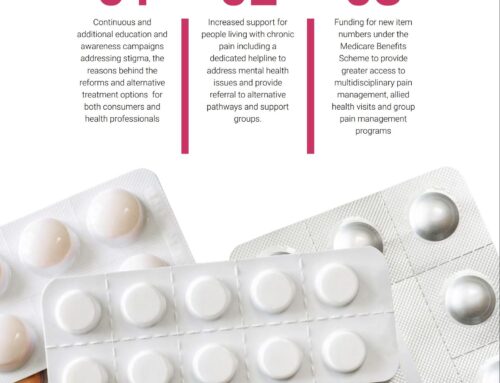
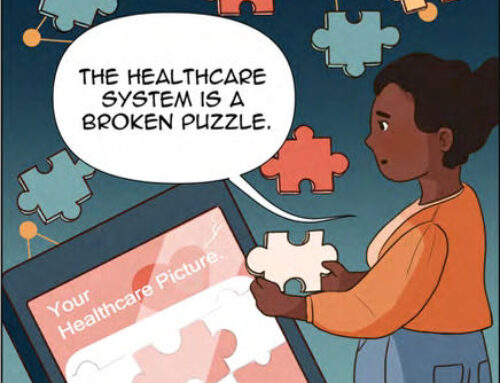

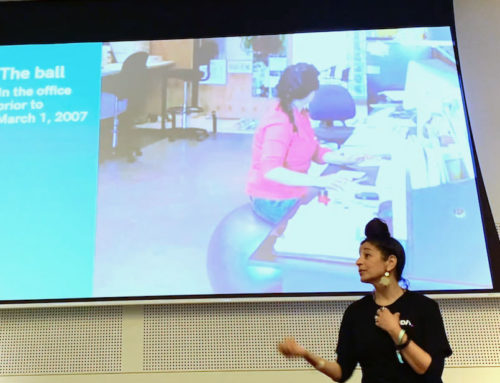
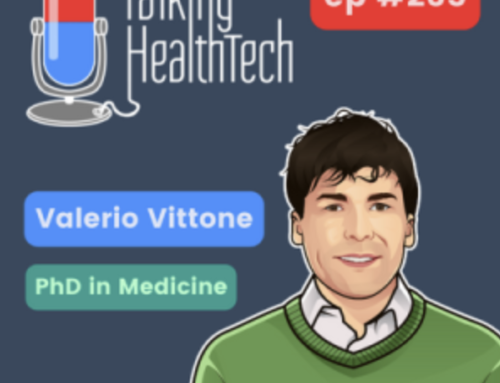

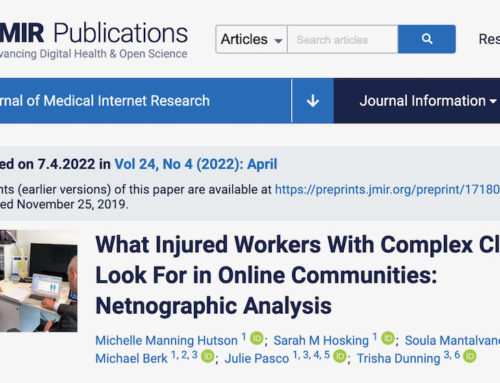
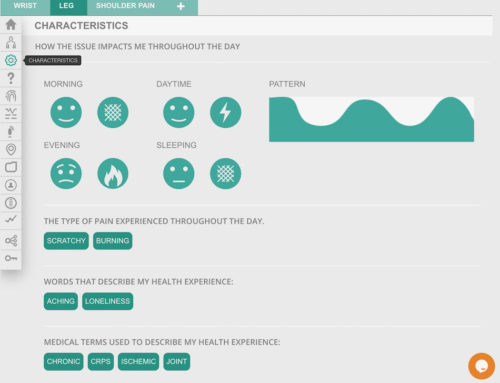
Go for it (just keep it respectful please!)